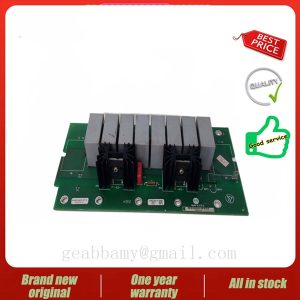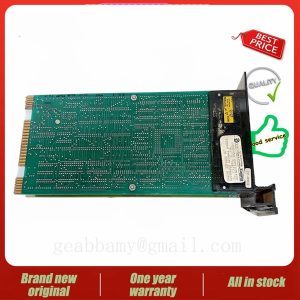Description
1747-L552 SLC 5/05 Controller
The communication function of 1747-L552 is very powerful, and there are many kinds of communication methods for users to choose, including single-master method, multi-master method, and remote communication method using modem. This project selects the communication hardware pc/ppi cable supported by step7-micro/win32, which supports baud rate of 9.6kbps and 19.2kbps, and the supported protocol is ppi protocol, i.e., point-to-point interface protocol based on the open system interconnection model osi. ppi is a master/slave protocol, and the s7-200 cpu on the network are all slaves, and the other cpu, simatic programmer or td200 are master.
1747-L552 cpu communication port using rs-485 signal standard connection port, pc / ppi cable to s7-200 computer connection, through the use of receive interrupt, send interrupt and character interrupt and other commands, free port communication can control s7-200cpu communication port operation mode.
1747-L552 can select the baud rate, parity, data bits per character and protocol. cpu is in STOP mode, stop the free port communication, the communication port is forced to convert to ppi protocol mode, at this time, you can input the plc program to the cpu, to realize the programming software to program and control the function of the plc. The communication process here adopts the master-slave mode, i.e., the computer is the host and the plc is the slave, and only after the host computer sends the request message, the slave plc returns the data in the transmit buffer to the pc.










